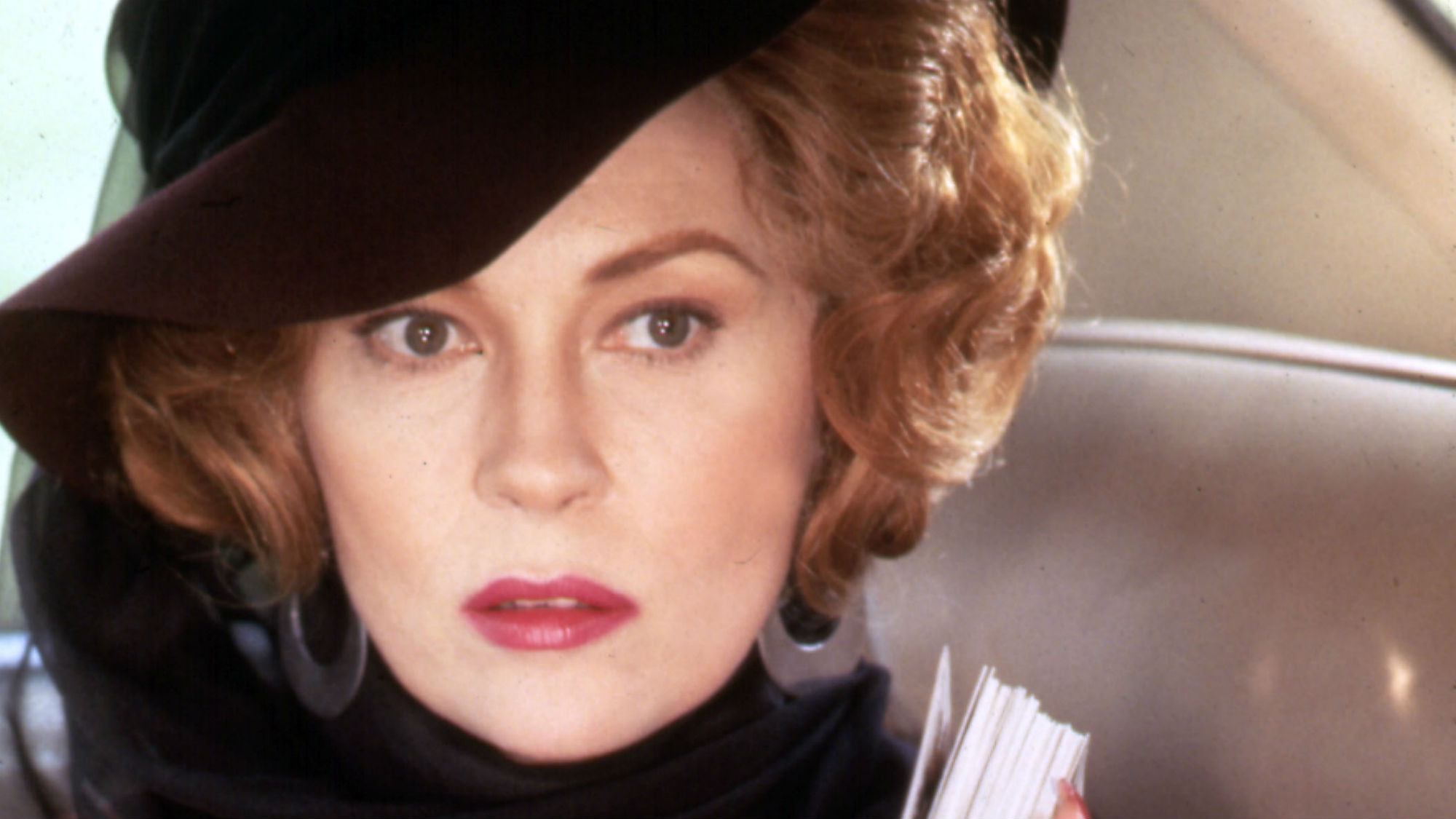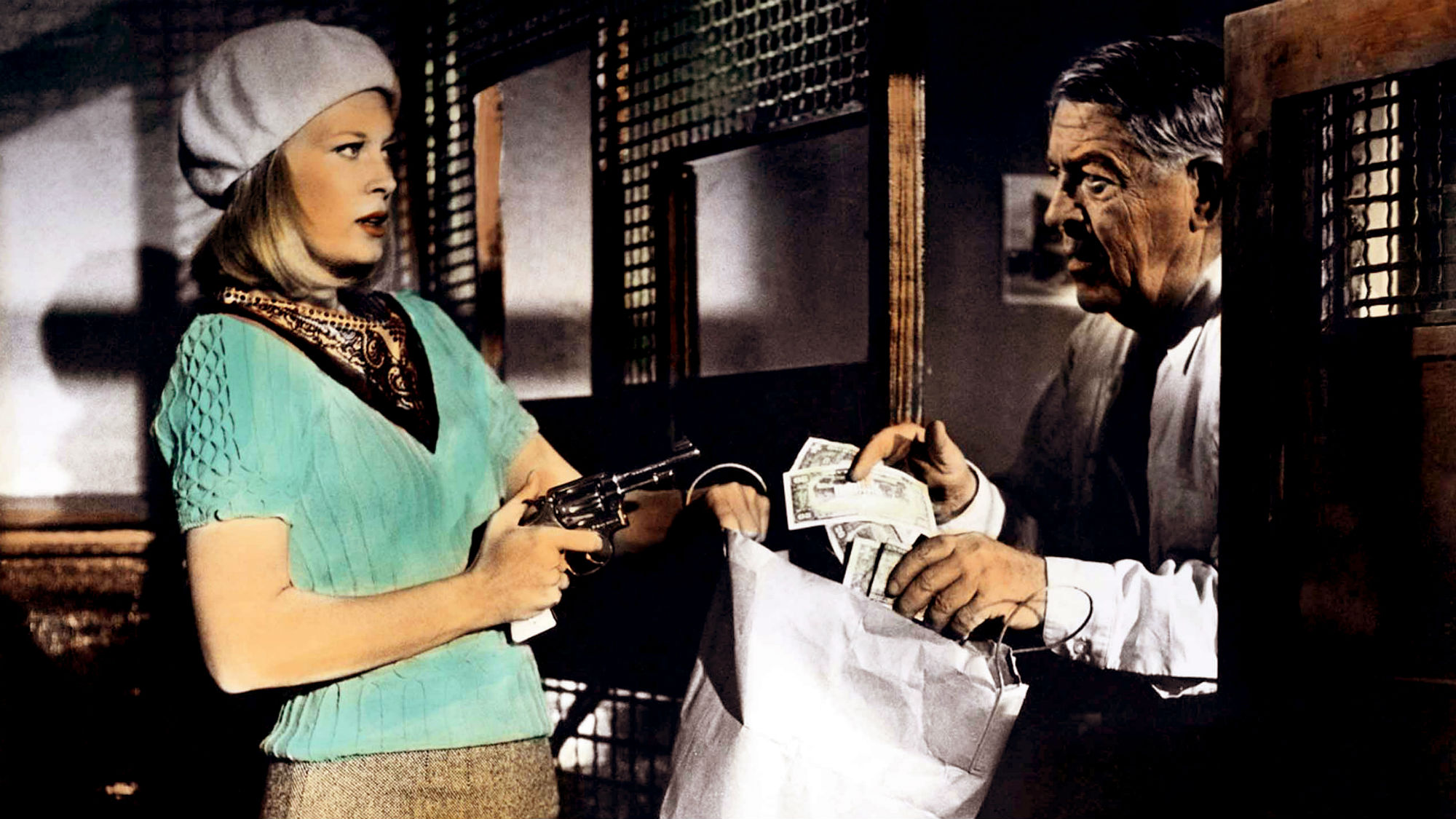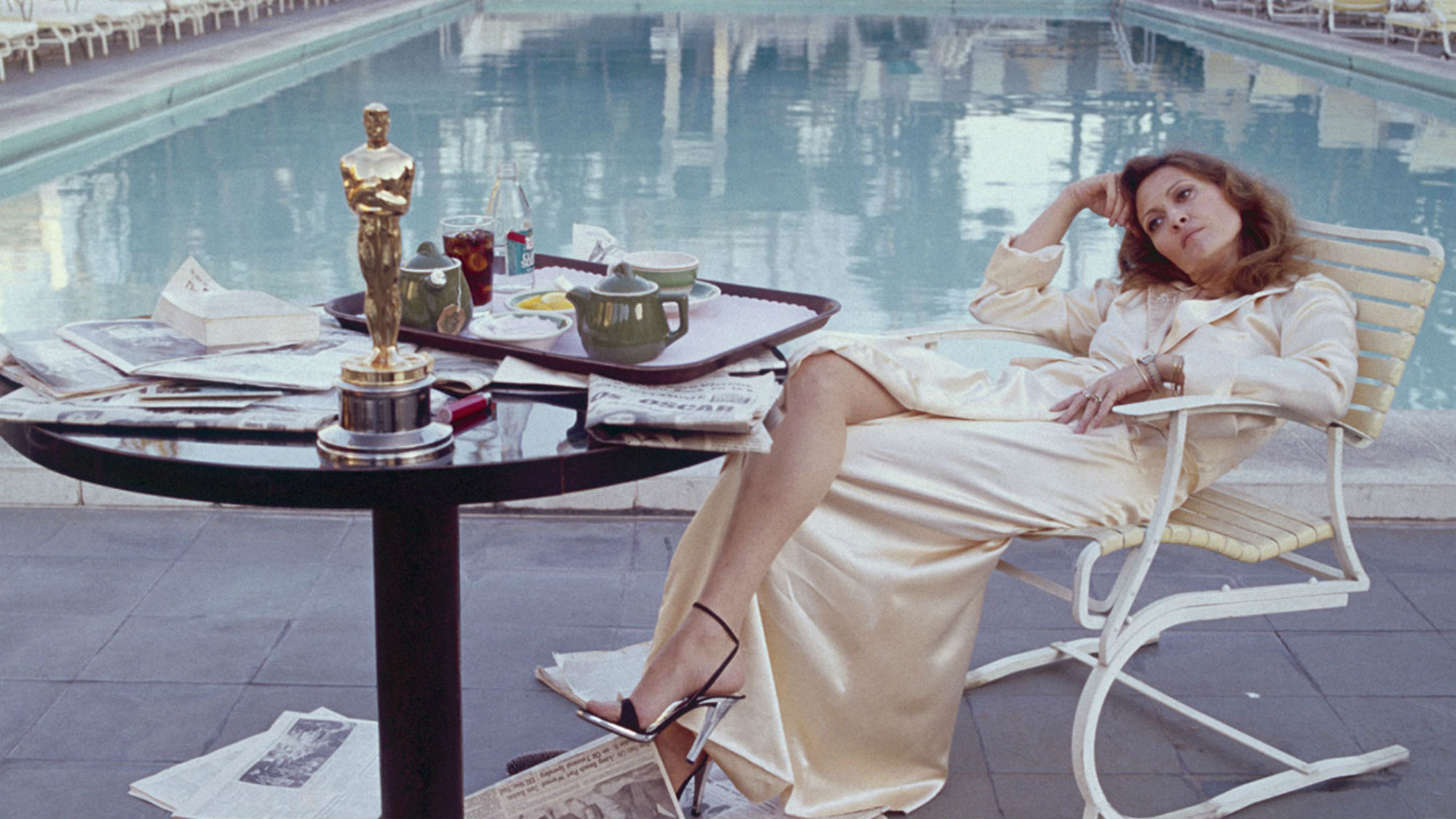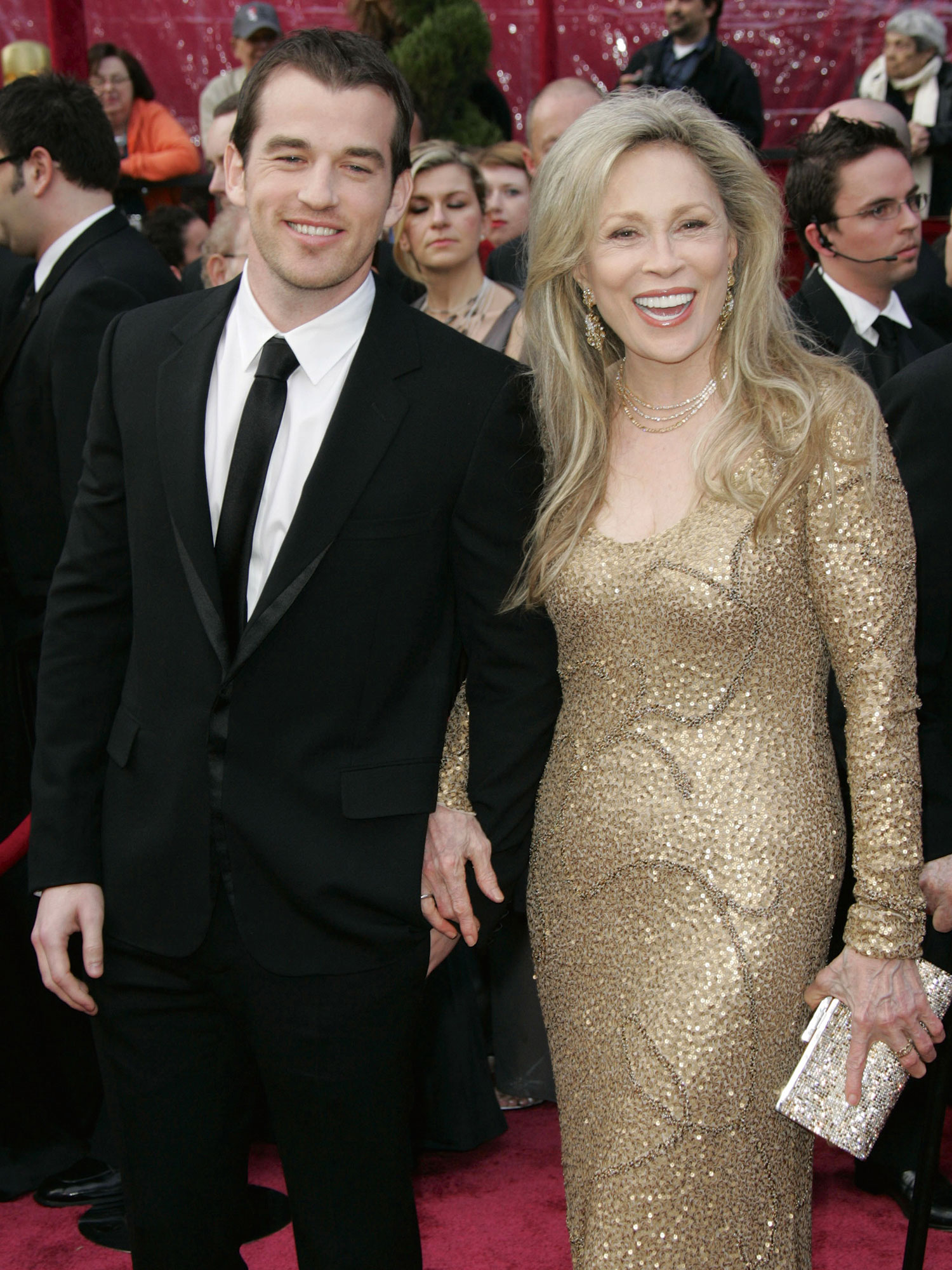Life stories: Faye Dunaway
The recent Oscars fiasco may have introduced her to a younger audience, but Faye Dunaway has lit up screens for the past 40 years, and flown in the face of convention along the way

The recent Oscars fiasco may have introduced her to a younger audience, but Faye Dunaway has lit up screens for the past 40 years, and flown in the face of convention along the way
Words by Michelle Davies
The closing minutes of the 2017 Oscars should have been a crowning moment in Faye Dunaway’s career. The actress and Warren Beatty were presenting the last award of the evening, for Best Picture, in honour of this year’s 50th anniversary of their heist classic Bonnie And Clyde. But the entire world knows how the next few minutes panned out. It didn’t exactly go according to plan. While a lesser star might have slunk off home after inadvertently, and rather proudly, announcing the wrong winner, Dunaway instead took the opportunity to remind everyone what a truly exceptional performer she is. Wearing a Prabal Gurung gown that made every best-dressed list, the 76-year-old swept into the Governors Ball after-party like she owned it, witheringly shutting down anyone who dared mention the incident. ‘I am not going to speak of that,’ she haughtily told one reporter on camera disparagingly. It was a bravura performance befitting an actress renowned for her ‘take no prisoners’ attitude as much as her leonine beauty – Jack Nicholson, one of her many leading men, once nicknamed her ‘the gossamer grenade’.
She was born Dorothy Faye Dunaway on 14 January 1941 in Bascom, Florida. Her father, John, was in the army, her mother, Grace, a housewife. The marriage was strained and Dunaway used make-believe to escape the tension. Aged five, she performed on stage for the first time in a school talent show. ‘People who saw me that day [told] me I seemed right at home up there,’ she wrote in her 1995 memoir, Looking For Gatsby.
Faye Dunaway's early years
At 13, when her parents divorced, Dunaway moved with her mum and brother Mac back to Florida from Utah, where they had been living on an army base with her dad. After high school, she went to college to study teaching. Her family assumed she’d marry her childhood sweetheart, a boy named Gene, but Dunaway had other ideas. ‘I didn’t want to marry and be consigned to a world where he made the money and my role was wife,’ she said. She broke up with Gene and transferred to Boston University to take up a degree in theatre. Two days after graduating, in June 1962, she landed her first Broadway role in the play A Man For All Seasons aged 21.
Videos you may like:
Video you may like:
Her cinematic debut came five years later in 1967, when she released three films in 12 months: The Happening, co-starring Anthony Quinn, Hurry Sundown with Michael Caine and Bonnie And Clyde with Beatty, about real-life killers Clyde Barrow and Bonnie Parker. To emulate Bonnie’s gauntness, she had to quickly lose the 25lb she’d gained for Hurry Sundown. ‘I spent weeks working out wearing a 12lb weight belt, with smaller weights around my wrists to help me burn off the pounds faster,’ she said.
Dunaway, then 27, received her first Oscar nomination for the film. It was also lauded for depicting sex and violence in an artistic way never seen before in mainstream cinema and ushered in the era of New Hollywood – a period in the late 60s and 70s driven by progressive directors, such as Francis Ford Coppola, and which made stars out of actors like Robert De Niro.
Celebrity news, beauty, fashion advice, and fascinating features, delivered straight to your inbox!

Her next film was The Thomas Crown Affair, opposite Steve McQueen. He was one of many co-stars Dunaway would be romantically linked to – others included Warren Beatty, Jack Nicholson, Kirk Douglas, Robert Redford, Marlon Brando and Paul Newman. However, apart from a two-year relationship with married Italian actor Marcello Mastroianni, with whom she starred in 1968’s A Place For Lovers, Dunaway refused to entertain on-set affairs. ‘I have a rule: you know it’s going to ruin the performance and ruin the movie, so you don’t do that,’ she once said. Not giving into the frisson resulted in unforgettable sexually charged scenes between her and McQueen. The Thomas Crown Affair is also memorable for making high fashion a main character in itself – Dunaway had a staggering 29 costume changes.
The movies of Faye Dunaway
For the next few years, her career was hit and miss, partly because she became so invested in her affair with Mastroianni she moved to Europe for a year. But it ended in early 1972, because she wanted children. In 1974, she married singer Peter Wolf, who she met at a concert.
That same year, aged 33, she returned to form in Chinatown opposite Nicholson. It was a punishing experience: Dunaway, a self-confessed perfectionist, clashed with director Roman Polanski, who accused her of being ‘difficult’. Like many strong actresses of her generation, her career was affected because the label stuck. ‘A man can be difficult and people applaud him for trying to do a superior job,’ she remarked. ‘A woman can try to get it right and she’s “a pain in the ass”.’ The fact that Dunaway excelled at portraying hard-edged, invulnerable characters stoked her reputation. In 1977, she won the Best Actress Oscar for playing another – scheming TV executive Diana Christensen in Network. At the time, Dunaway was still with Wolf, but wasn’t happy. She began an affair with British photographer Terry O’Neill after he shot her in one of the most memorable images of her career – by the swimming pool at The Beverly Hills Hotel with her Oscar .‘Oscar Ennui’ is now one of the most iconic photographs of modern celebrity. ‘We were both married at the time, so it was complicated,’ said O’Neill.

As they divorced their spouses, Dunaway shied away from leading parts, appearing only briefly in 1979’s The Champ. ‘I was looking for smaller roles, because I was so busy trying to get my private life in order,’ she said. ‘The Champ offered me the chance to play the role of a mother, which was emotionally where I wanted to be in my life.’
A year later, her wish came true when she and O’Neill welcomed a son, Liam. Years later, the photographer revealed they’d adopted him: ‘She wanted to be a mother, but there came a point when she had to face the fact that kids were not coming.’
When Liam was a year old, the actress took on the role that changed the trajectory of her career, but not in the way she had hoped. The daughter of screen legend Joan Crawford had published a tell-all memoir, Mommie Dearest, and Dunaway agreed to play the actress in the film adaptation, believing it would be a ‘window into a tortured soul’. Sadly, the final cut was closer to a camp soap opera than award-winning drama – best summed up by the scene where Dunaway’s Crawford dementedly screams the infamous line, ‘No wire hangers!’ Dunaway later reflected, ‘After [that], my own personality and the memory of all my other roles got lost along the way in the mind of the public and the mind of many in Hollywood. And that’s an awful hard thing to beat.’

As the film roles dried up, she moved to London in 1982 with O’Neill and Liam, appearing in TV dramas, including Agatha Christie’s Thirteen At Dinner. The couple got married a year after moving to the UK but, in 1987, her marriage ended and she returned to LA. That same year, she achieved critical acclaim for playing an alcoholic opposite Mickey Rourke in Barfly, but it was a fleeting triumph in a sea of forgettable roles. In 1994, she was due to play Norma Desmond in Andrew Lloyd Webber’s LA production of Sunset Boulevard, but he shut the production down before its run, saying her voice wasn’t adequate. Dunaway sued for defamation and breach of contract, settling out of court, but the headlines stung.
In the 15 years that followed, she balanced films with cameos on popular TV shows, including Grey’s Anatomy and CSI: Crime Scene Investigation, before taking a break in 2010. In that time, her appearance noticeably altered, but Dunaway has never addressed claims she’s had plastic surgery.
Last year, she finally got to show a lighter side in Fred Armisen’s Documentary Now! comedy series, but she hankers after the early days of her career. ‘When I was discovered, everything happened like dominos,’ she said in a rare interview with People last year. ‘I don’t know how to talk about it now, because it’s too mind-blowing… I’m grateful for it, but I guess part of that is missing it, when one grows older.’
But Dunaway is in demand again, with four films out this year, including The Bye Bye Man with Cressida Bonas, former girlfriend of Prince Harry. ‘When she came on set, I was star-struck,’ said Bonas. ‘It was surreal, because at university I did a module on postmodernism in film and I watched Bonnie And Clyde a million times.’
That’s how Faye Dunaway should be remembered – for brilliant films that tore up the rulebook, not a mix-up at the Oscars. As she once said, ‘I have had in my career characters that broke new ground, women who took control of their own destiny… One thing I’ve learned in Hollywood, is to fly in the face of conventional wisdom.’
The leading destination for fashion, beauty, shopping and finger-on-the-pulse views on the latest issues. Marie Claire's travel content helps you delight in discovering new destinations around the globe, offering a unique – and sometimes unchartered – travel experience. From new hotel openings to the destinations tipped to take over our travel calendars, this iconic name has it covered.